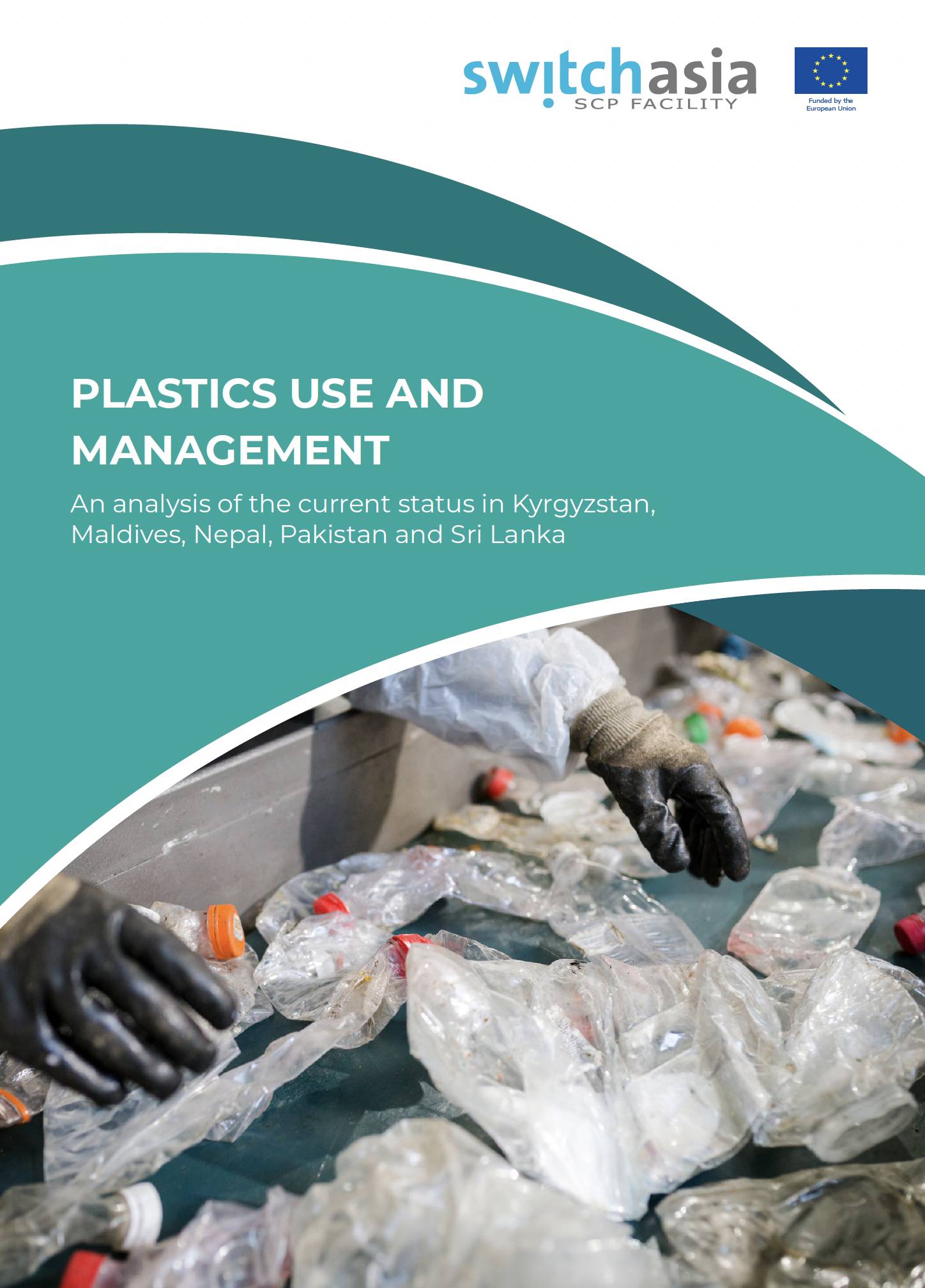
Plastic pollution is an ever faster growing problem that requires timely and far-reaching action. This was acknowledgment at the fifth session of the United Nations Environment Assembly (UNEA 5.2) in Nairobi, when states issued a resolution to start an intergovernmental negotiation committee (INC), with the aim to negotiate a global legally binding agreement to end plastic pollution. During the INC process, which is scheduled to be concluded by December 2024, states will need to decide how best to design an agreement that tackles the entire lifecycle of plastics to prevent pollution. While the decision by UNEA was widely celebrated, the actual work still lies ahead: after the Ad hoc Open-Ended Working Group to prepare for the intergovernmental negotiating committee on plastic pollution (OEWG) established the rules of procedure, states will work out the details of how best to design a strong treaty that is able to account for different national circumstances. How different such national circumstances can be is shown in this collection of country profiles, which illustrates the diversity of the Asian region. Some challenges, such as the lack of data, insufficient monitoring of plastic flows, knowledge gaps or the access to financial resources and technology, shorelines polluted with plastic waste and ineffective and largely informal plastic waste management systems are broadly shared across Asian countries. Other challenges or circumstances, including a country’s geography (island vs land-rimmed; mountainous vs flat), the amount of plastic it produces or consumes or to what extent the production, use, end of life or recycling approaches are regulated, can greatly vary across countries in Asia.


